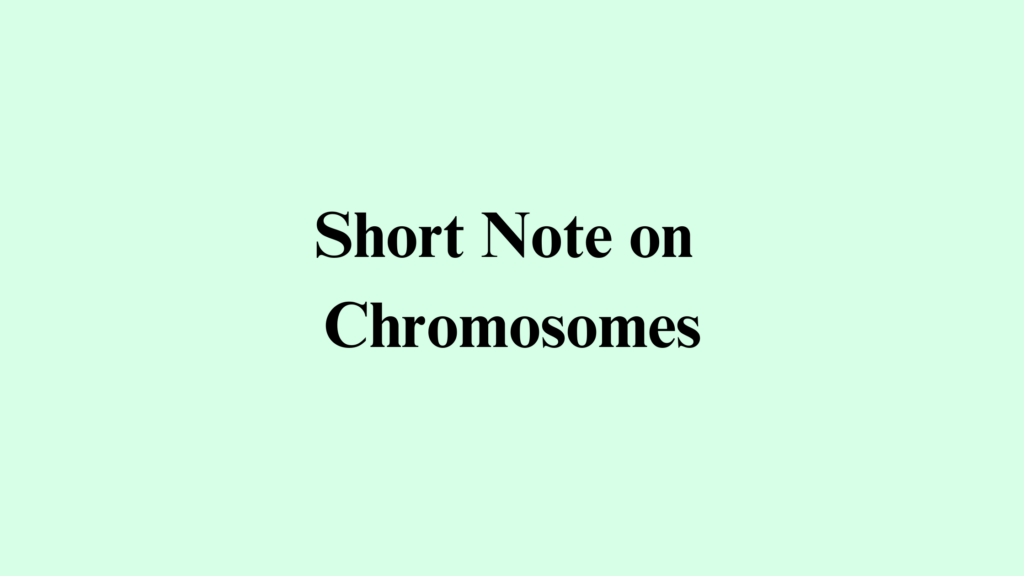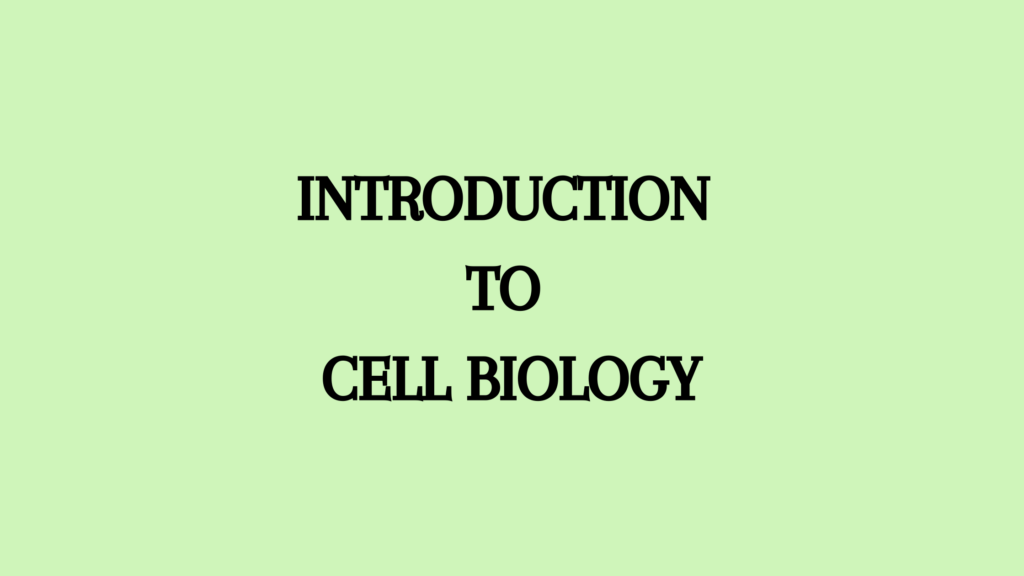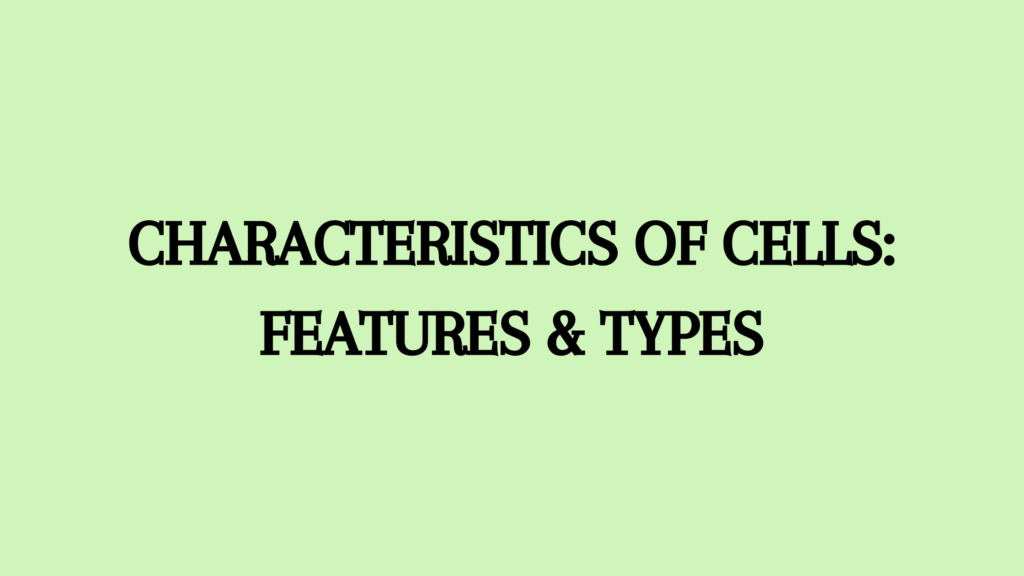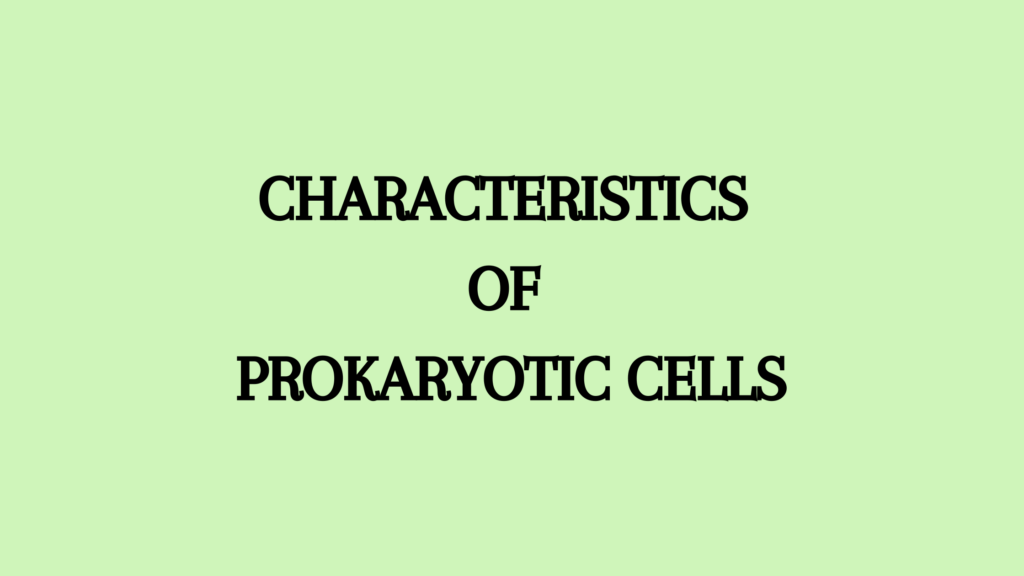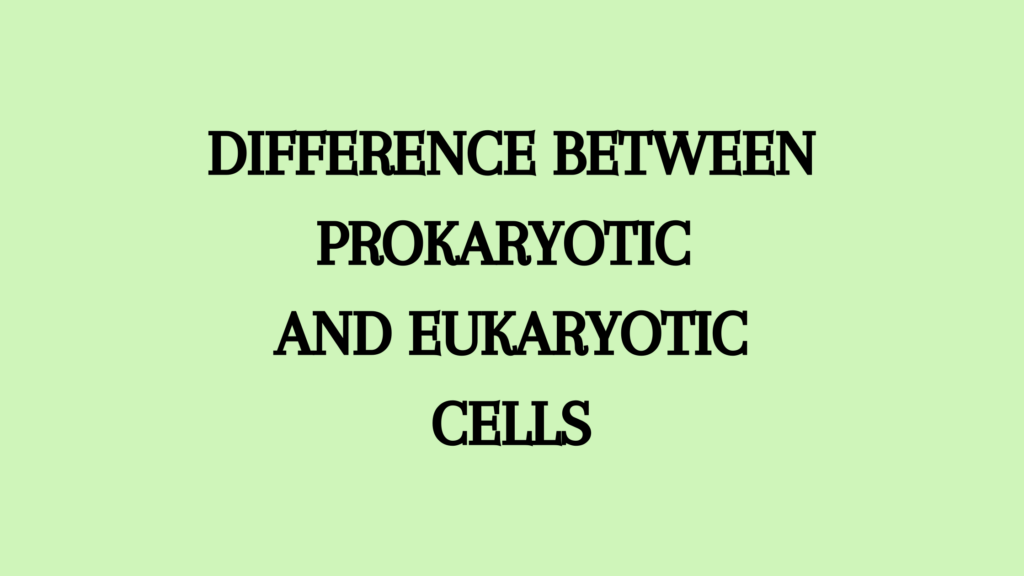Chromosomes are thread-like structures found in the cell nucleus that carry genetic information. They are made of DNA organized into genes and proteins. Here is a short note on chromosomes.
The chromosomes have a special organization, individuality, and function. They are capable of self-reproduction and play a vital role in the heredity, mutation, variation, and evolutionary development of species.
Chromosomes are the most significant component of cells, particularly appearing during mitosis and meiosis. Though there may be variations, chromosomes generally maintain a special quality from one generation to the next. Thus chromosomes are significant as they carry hereditary factors.
History of Chromosomes
- W Flemming in 1879 described the splitting of chromosomes and coined the term chromatin for the stainable material of the nucleus.
- The present name chromosome (Greek Chroma means color, some mean body) was coined by W Waldayer (1888) for the darkly-stained body of the nucleus.
- Benden and Bovery reported that the number of chromosomes for each species was constant.
De Robertis, a well-known cytologist, defined chromosomes as a nuclear component having special organization, individuality, and function. It is capable of self-reproduction while maintaining morphological and physiological properties through successive divisions.
Formerly, it was believed that chromosomes existed only during cell division and they lose their integrity during the interphase. It is now established that chromosomes are maintained throughout the life of an organism. This is called the theory of individuality of chromosomes, forwarded by W S Sutton and T. Bovery in 1902.
- Morgan in 1933 discovered the functions of heredity traits.
- Heitz in 1935, Gietter in 1940, and Kaufman in 1948 described the morphology of chromosomes.
Different Types of Chromosomes
The eukaryotic chromosomes can be divided into autosomes and sex chromosomes.
- The autosomes are the ones found in the body cells of an organism. It does not determine the sex of the organism.
- The sex chromosomes are the determining factors of the sex of an organism. They are otherwise called accessory chromosomes or allosomes or hetero chromosomes. These are existing as a pair of two which will be XX or XY. The former depicts a female and the latter a male.
Types of Chromosomes
The position of the centrosome will be different from each chromosome. Depending on its position, chromosomes can be divided into four types.
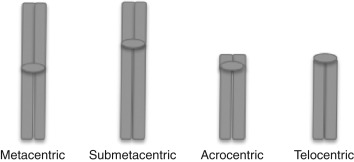
- Telocentric where the centromere is at the proximal end which will give a rod-like shape to the chromosome.
- Acrocentric chromosomes are rod-shaped and have the centrosome close to one end but not at the end. This will create a small arm and a longer arm for the chromosome.
- Submetacentric chromosomes will have a shape of J or L with the centrosome in the middle portion but at the center.
- Metacentric chromosomes will have their centromere right in the middle with two equal arms giving it a V shape. This is commonly seen in amphibians.
References
- Agarwal, P. V. |. V. (2004). Cell biology, Genetics, Molecular Biology, Evolution, and Ecology: Evolution and Ecology. S. Chand Publishing.
- Stimpson, K., & Sullivan, B. (2012). Centromere. Brenner’s Encyclopedia of Genetics (Second Edition), 500-502. https://doi.org/10.1016/B978-0-12-374984-0.00219-9
Additional Reading
- Biochemistry and Structure of the Nuclear Envelope
- Structure and Function of the Nucleus
- Structure and Function of Nucleolus
